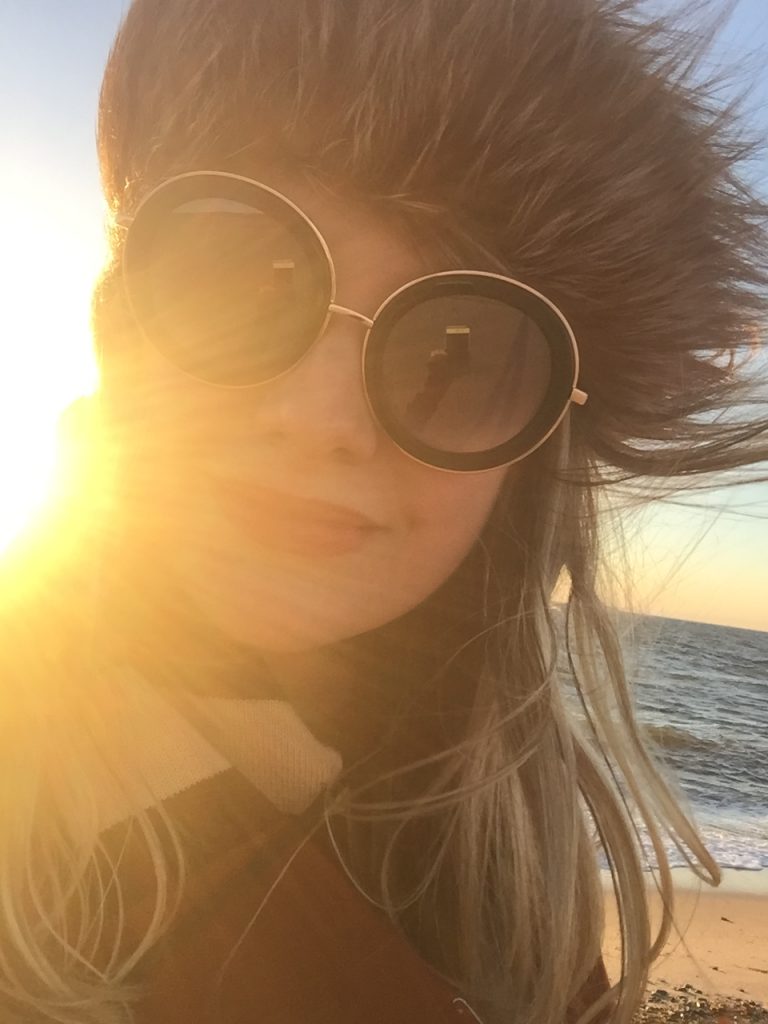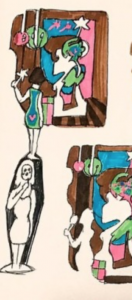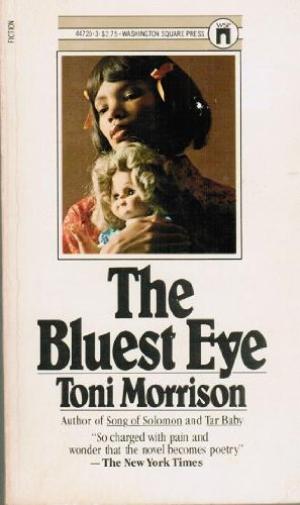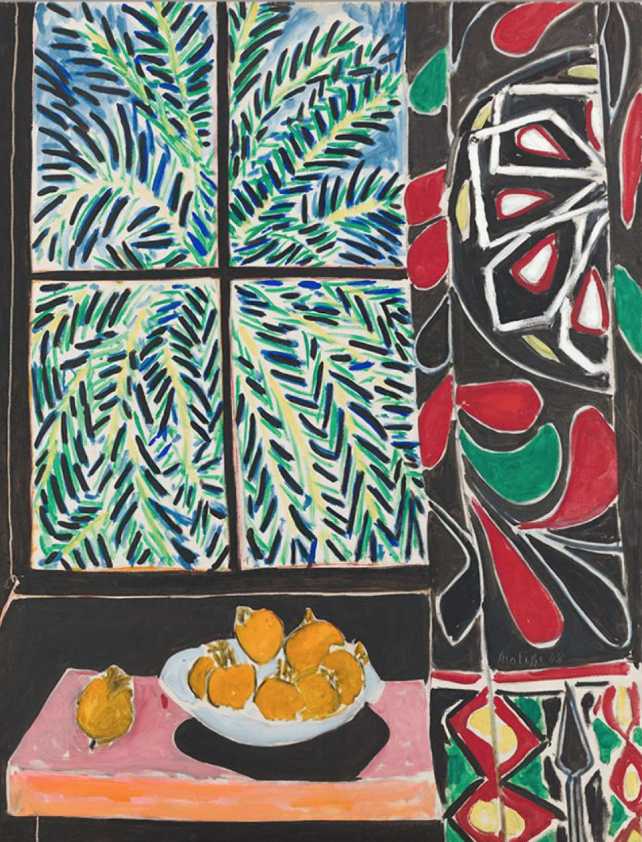 My routine this fall: Watch the sunrise with the seagulls and the seals, then walk into the dunes. For the rest of the morning, write. Afterward walk into the woods and sometimes go thrifting, naming my finds consolation prizes or rewards depending on the day’s work. From then, bid the sun farewell from a west-facing beach, and make dinner from fisheries and farmstands in the area. Star-gazing from the hammock beneath the birch trees, and asleep by 9:30, tucked in with a grey-gold permakitten purring at my feet. This has been my perfect life, and it has turned me into the space crone mermaid of my dreams.
My routine this fall: Watch the sunrise with the seagulls and the seals, then walk into the dunes. For the rest of the morning, write. Afterward walk into the woods and sometimes go thrifting, naming my finds consolation prizes or rewards depending on the day’s work. From then, bid the sun farewell from a west-facing beach, and make dinner from fisheries and farmstands in the area. Star-gazing from the hammock beneath the birch trees, and asleep by 9:30, tucked in with a grey-gold permakitten purring at my feet. This has been my perfect life, and it has turned me into the space crone mermaid of my dreams.
Last night I was telling a dear friend in Brooklyn about how sad I’ll be to leave the Cape next week. “I’m running out of supplies,” I told her. “I’m on my last bag of Oslo Coffee beans and down to my last bottle of vitamins. I’m even running out of wine. But it’s so hard to imagine not being able to run to the sea  as soon as I wake. And how will I get unstuck in my writing when I can’t walk in the woods to clear my head?” “Spend this last week just soaking it all up,” she said. “It will be the best week of your life.” She is an artist and knows how to be inside the moment while also storing it for her paintings and drawings. I was grateful for her glorious plan, and grateful for the reminder of why I love New York City so much. It is there–scratch that, it is here–that I find my people one way or another. What’s most beautiful: once you find kindred spirits, they’re inside you wherever you go, whether they be tree spirits or seal spirits or loudmouth millennial spirits. Love is love.
as soon as I wake. And how will I get unstuck in my writing when I can’t walk in the woods to clear my head?” “Spend this last week just soaking it all up,” she said. “It will be the best week of your life.” She is an artist and knows how to be inside the moment while also storing it for her paintings and drawings. I was grateful for her glorious plan, and grateful for the reminder of why I love New York City so much. It is there–scratch that, it is here–that I find my people one way or another. What’s most beautiful: once you find kindred spirits, they’re inside you wherever you go, whether they be tree spirits or seal spirits or loudmouth millennial spirits. Love is love.
Art credit: Detail from a Marlene Frontera drawing. Photo: me.


